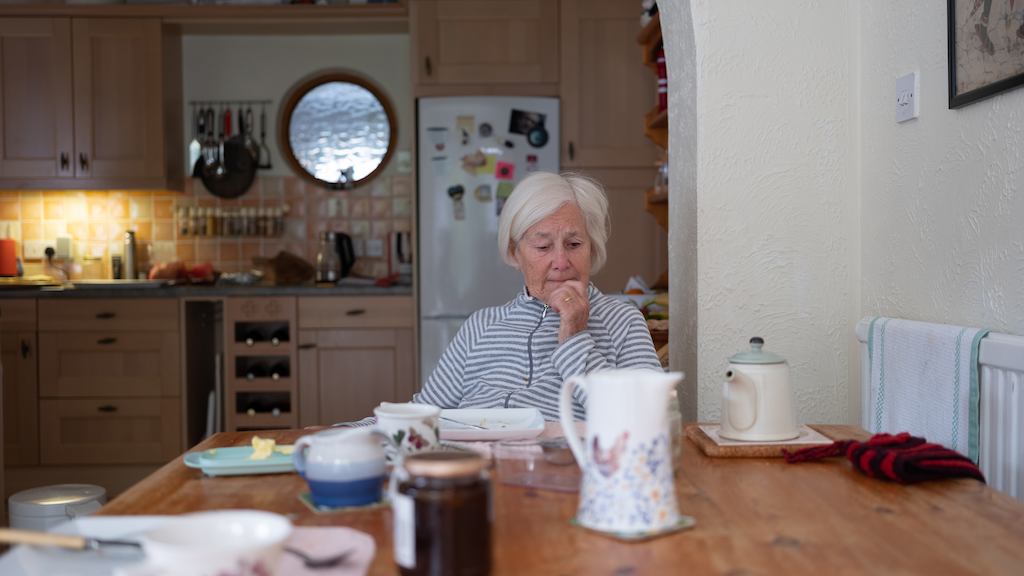New consumer research suggests that high street retailers are currently overlooking the needs of over 50s in their range of homewares, appliances and fittings, and are missing out on a large and growing market for easier to use products that are also aesthetically pleasing.
The report warns that retailers which fail to provide products that appeal to this lucrative market are missing out, with over 50s already spending £319 billion a year (excluding housing costs), equivalent to roughly 54% of total household consumer spending.
Estimates suggest that by the mid-2030s, half of all UK adults will be over 50 . This demographic shift means the demand for ‘inclusively designed’, products, appliances and fittings for the home that are easy to use for consumers of all ages and abilities will only increase as more people move into their 60s, 70s and 80s and want to remain living independently in their own homes for as long as possible.
The report found that while over 50s are making improvements to their homes, only a limited range of inclusively designed products were identified in mainstream high street stores. Consumers interviewed didn’t want products designed ‘for older people’, which they said could be stigmatising and unappealing, and struggled to find products that were easy to use, affordable and aesthetically pleasing.

